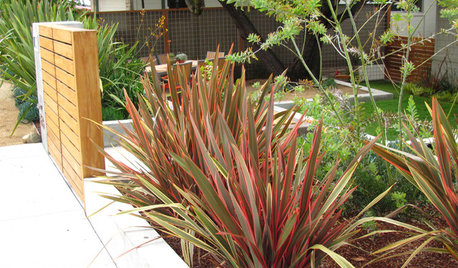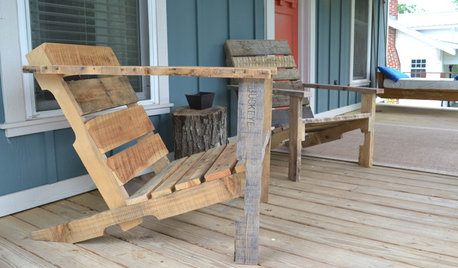basic questions about NZ Flax (phormium)
farslayr
18 years ago
Featured Answer
Sort by:Oldest
Comments (30)
gardengal48 (PNW Z8/9)
18 years agoEmbothrium
18 years agoRelated Professionals
Garden City Landscape Architects & Landscape Designers · Brookside Landscape Contractors · Arden-Arcade Landscape Contractors · Kearny Landscape Contractors · Laguna Hills Landscape Contractors · Little Ferry Landscape Contractors · Plantation Landscape Contractors · San Carlos Park Landscape Contractors · Shirley Fence Contractors · Chicago Heights Fence Contractors · Northbrook Fence Contractors · Queen Creek Fence Contractors · Tallahassee Fence Contractors · Safety Harbor Fence Contractors · Fountain Valley Fence Contractorssps_7_14
18 years agosam_wa
18 years agogardengal48 (PNW Z8/9)
18 years agoEmbothrium
18 years agofarslayr
18 years agogardengal48 (PNW Z8/9)
18 years agoEmbothrium
18 years agohenryt
18 years agogardengal48 (PNW Z8/9)
18 years agoEmbothrium
18 years agomuddydogs
18 years agoannzgw
18 years agohomernoy
18 years agomuddydogs
18 years agogardengal48 (PNW Z8/9)
18 years agoreg_pnw7
18 years agoplantknitter
18 years agoEmbothrium
18 years agohomernoy
18 years agoEmbothrium
18 years agoJudyWWW
18 years agoEmbothrium
18 years agobuyorsell888
18 years agoangieandco
15 years agoEmbothrium
15 years agoMary Palmer
15 years agoEmbothrium
15 years ago
Related Stories

RED FOLIAGEGreat Design Plant: New Zealand Flax
A commanding presence, year-round foliage and a hardy nature make flax a winner in the landscape even in fall and winter
Full Story
REMODELING GUIDESSurvive Your Home Remodel: 11 Must-Ask Questions
Plan ahead to keep minor hassles from turning into major headaches during an extensive renovation
Full Story
GREEN BUILDINGWhy You Might Want to Build a House of Straw
Straw bales are cheap, easy to find and DIY-friendly. Get the basics on building with this renewable, ecofriendly material
Full Story
MATERIALSWoodipedia: Is It Cherry or Is It Alder?
Learn the differences between these two wood types, as well as costs, sustainability and a caution about finishing
Full Story
RUGSPrevent Slips and Floor Damage With the Right Rug Pad
Here's what to know about sizes, materials, costs and maintenance of this important companion to your area rugs
Full Story
LANDSCAPE DESIGNHow to Incorporate Your Roofing Into the Landscape
Choose hardscape and plantings that work with your roof’s color, texture, shape and line
Full Story
WOODWORKINGBuild Your Own Wooden Deck Chair From a Pallet — for $10!
Take the ecofriendly high road with a low-cost outdoor chair you make yourself
Full Story
KITCHEN DESIGNDesign an Easy-Clean Kitchen
"You cook and I'll clean" might no longer be a fair trade with these ideas for low-maintenance kitchen countertops, cabinets and floors
Full Story
LAUNDRY ROOMSKey Measurements for a Dream Laundry Room
Get the layout dimensions that will help you wash and fold — and maybe do much more — comfortably and efficiently
Full Story
DECORATING GUIDESHemp, Hemp, Hooray! This Superplant May Be Legal Again in the USA
Hemp products are durable, sustainable, antibacterial and much more. Will the plant finally get the status it’s due in the States?
Full Story




plantknitter